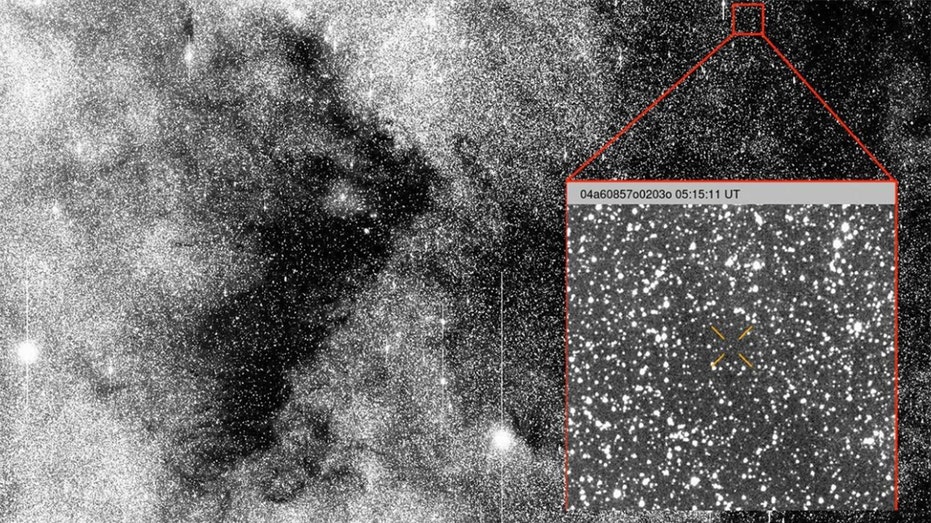Harvard Physicist Suggests Interstellar Object Could Be Alien Probe on Reconnaissance Mission

Unusual Interstellar Visitor Sparks Alien Life Speculation
Recently, astronomers detected a rare interstellar object passing through our solar system, prompting a Harvard physicist to propose that it might not be just an ordinary comet. Instead, it could potentially be an alien reconnaissance device designed for observational or exploratory purposes.
What Makes This Object So Peculiar?
The object, designated 3I/ATLAS, was first observed in early July by the Asteroid Terrestrial-impact Last Alert System (ATLAS), a telescope based in Chile. This discovery marked only the third time an interstellar body has been identified entering our solar system, according to NASA records.
While NASA classifies 3I/ATLAS as a comet, Dr. Avi Loeb, a prominent physics professor at Harvard University, points out some anomalies. Notably, images of the object reveal an unexpected glow in front of it, instead of behind as seen in typical comets. This unusual feature has led to speculation about its true nature.
Unusual Features and Trajectory
Normally, comets display a tail composed of dust and gas reflecting sunlight, creating a signature trail behind them. However, in this case, the glow appears ahead of the object, which is quite surprising to scientists. The object itself is about 20 kilometers in diameter—larger than Manhattan—and is unusually bright given its distance from Earth.
Perhaps most intriguing is its trajectory. Loeb highlights that the path of 3I/ATLAS is highly unlikely to be random. It appears to be aligned with the orbits of several planets, such as Mars, Venus, and Jupiter, with a probability of only one in 20,000. Moreover, the object is expected to pass near these planets, an event that is statistically improbable for a random interstellar visitor.
Implications of Its Origin and Path
The interstellar body is believed to originate from the center of the Milky Way galaxy. Its expected closest approach to the Sun will be approximately 130 million miles on October 30, according to NASA forecasts. The precise nature of this object remains a subject of debate, especially considering its highly specific trajectory.
Could It Be an Alien Probe?
Dr. Loeb emphasizes that if 3I/ATLAS is found to be a technological artifact rather than a natural celestial body, it would have profound implications for humanity. Such a discovery could challenge our understanding of extraterrestrial intelligence and force us to reconsider our response to potential alien technology.
He notes, “If it turns out to be technological, it would obviously have a big impact on the future of humanity. We have to decide how to respond to that.”
Historical Context and Future Observations
This isn’t the first time astronomers have misidentified objects. In January, a Tesla Roadster launched into orbit by Elon Musk was mistaken for an asteroid by the Minor Planet Center at Harvard-Smithsonian Center for Astrophysics. This highlights the importance of continued observation and analysis of interstellar objects.
As 3I/ATLAS approaches its closest point to the Sun, scientists worldwide will be closely monitoring its behavior and characteristics to better understand its origin and nature.




